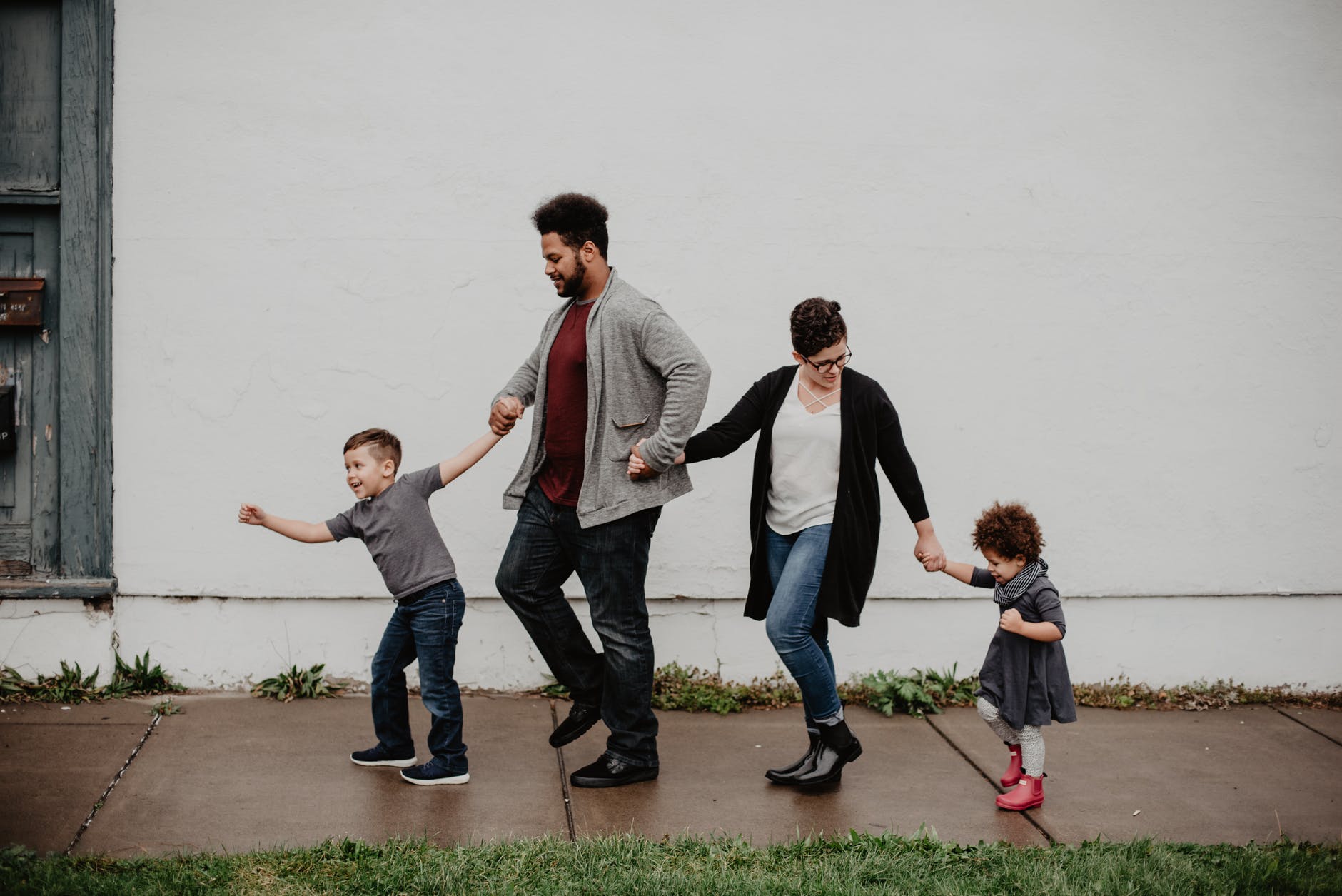The best way to start planning your escape game is to create a game story. We’ve gathered 7 questions to help you create a workable story and game structure.
1. For whom are you building the game?
The first important question for the game builder is the target audience. Usually, the theme of the story emerges just as if by itself, as long as you think about the following:
Interests: Are the players horse girls, Harry Potter fans, teenagers devouring crime series, adults interested in traveling, or experts in some area?
Age: The age of the group of players and their level of education affect the complexity of the story and the difficulty of the tasks.
Learning: Would there be a pedagogical twist to the game? Maybe you want to create a game that deals with a historical event, astronomy, cooking…?
You as creator of the game: Find a topic that interests you too, and you are sure to be enjoying the work!
Pitfalls: Too boring, too wide or too abstract a theme. Use your imagination and lift the game above everyday life, but try making it specific and concrete. Example: Too boring can be, say, a day at the office, but if you spice it up with the CEO being kidnapped by a rivaling company, it can become quite interesting. Be specific about why the kidnapping has taken place, who the kidnapper is and what the players need to do about it and why.

2. The duration of the game?
Usually escape games last about an hour, but now you are free to choose the duration. Want to create a 10-minute icebreaker for your party or an all-day treasure hunt?
If you’re building your first escape game, you may want to keep it short. Even in half an hour you can fit in a lot and you can try what kind of ideas work – and if they don’t work, then what went wrong?
If you have the opportunity to test the game before the “premiere” with the help of some friendly test persons, then we highly recommend doing it. The game builder easily goes blind to his own contraptions and maybe does not notice if a lead is missing or the logic is limping.
Pitfalls:
– Children under 10 years of age get easily bored after 30-40 minutes.
– The designer often underestimates the time needed for the game – if you aim for a 45 minute game, plan that it will take 30 minutes.
– It is a good idea to reserve 5 minutes for each task; more if the task is multi-layered.
– If the game is played simultaneously by many teams with some traffic going on between game spaces, the game definitely will take longer.




